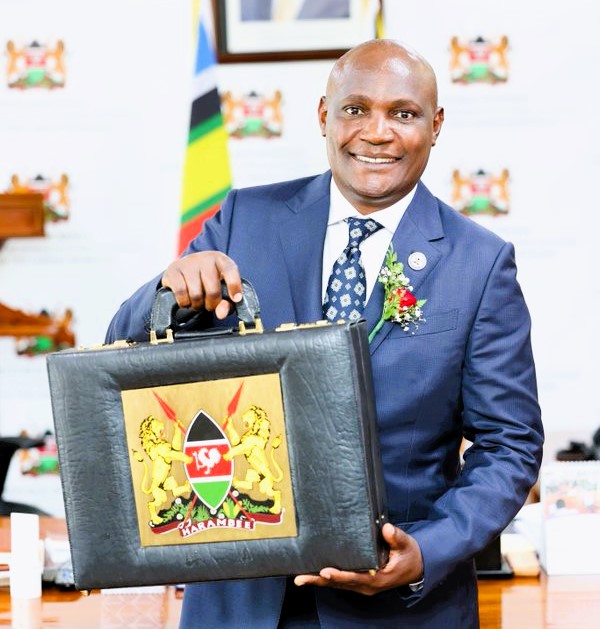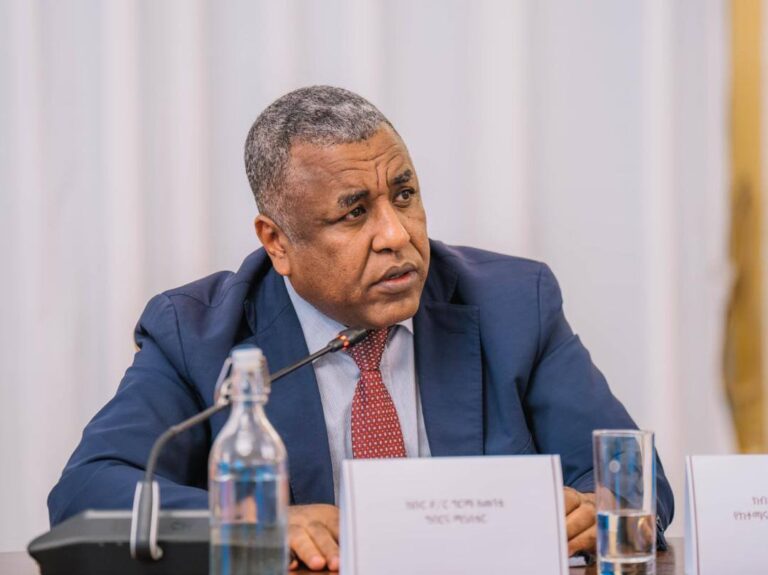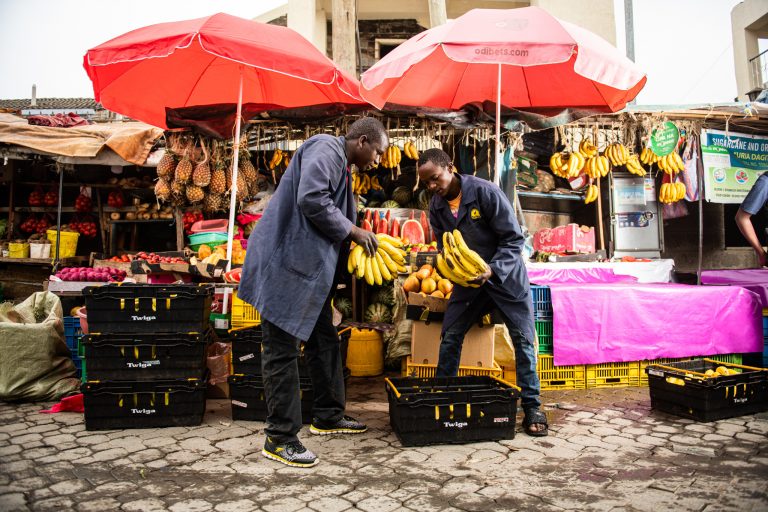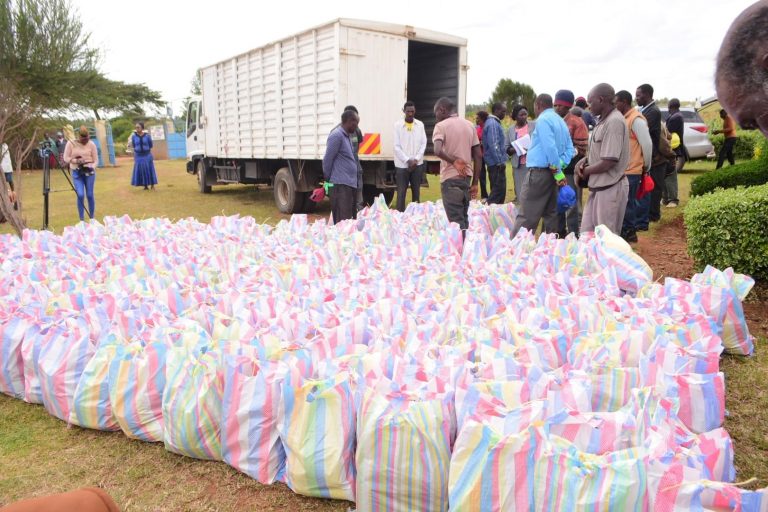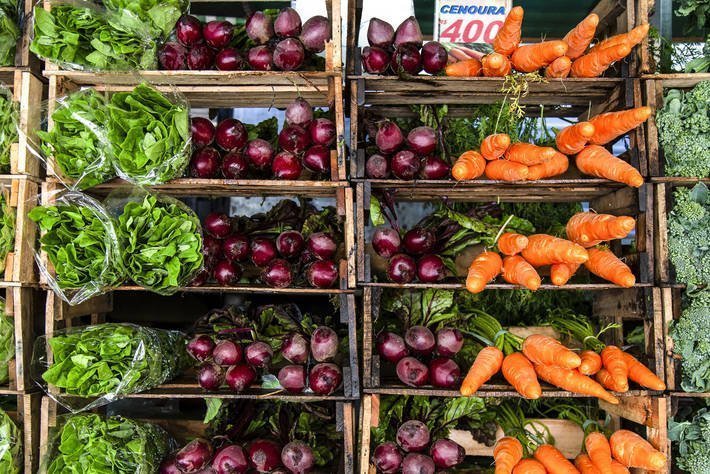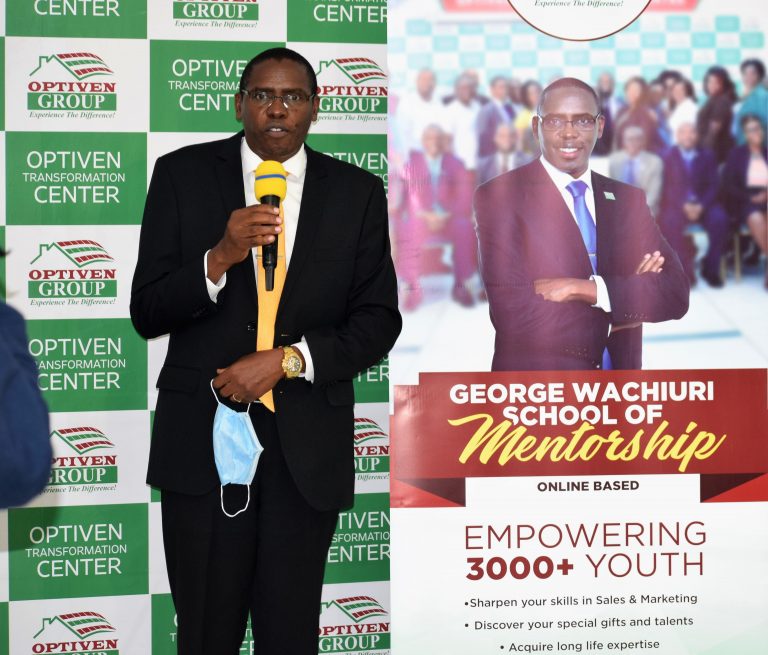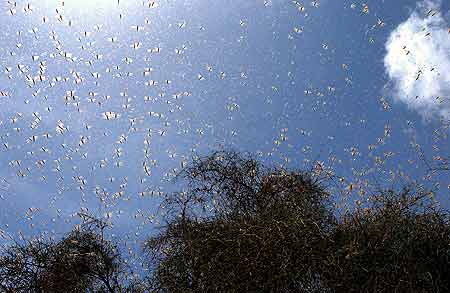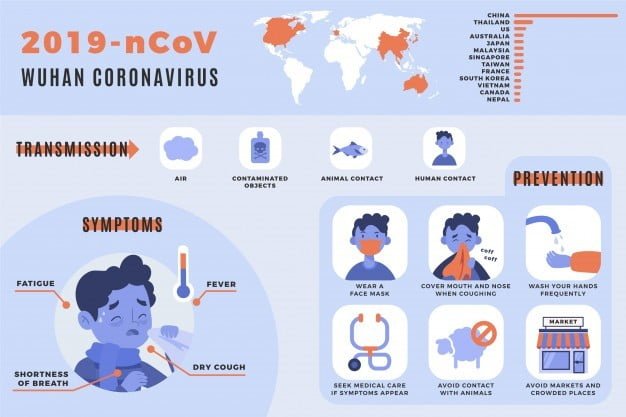Martien van Nieuwkoop
Director, Agriculture Global Practice, World Bank
The World Bank Group last week announced it would make available a package of $12 billion — an unprecedented level of financing to help developing countries and businesses cope with the health and economic impacts caused by COVID-19. Much of that support will naturally be reactive, financing immediate measures designed to strengthen our response to a brand-new threat. But some of the financing will also be preventative — as it should be, if we are to learn our lessons from the past and strengthen our collective hand before the next bug hits.

The COVID-19 crisis, like SARS, MERS, Ebola and the avian and swine flus before it, presents countries with a new opportunity to do the right thing and tackle some of the root causes of emerging infectious diseases: the uncontrolled risk of pathogen transmission from animals to humans in a rapidly changing environment.
Animal health, people’s health and planetary health are interconnected and food systems provide an array of drivers for the emergence of diseases.
Experts in this field call for a “One Health” approach based on better understanding the linkages between poor management of livestock, unsafe food handling, environmental degradation, encroachments on wildlife habitats, and human illness. Simply put, animal health, people’s health and planetary health are interconnected and food systems provide an array of drivers for the emergence of diseases.
Those food systems are currently challenged by significant increases in production and consumption, fueled by growing populations and incomes. Under pressure from agriculture, natural systems in turn are near breaking point after decades of deforestation, soil degradation, nutrient mismanagement, biodiversity loss and climate change. Increased movements and trade have also multiplied the capacity to rapidly spread diseases. As a result, we’ve seen an increase in both the frequency and economic impact of these emerging infectious diseases, most of which originated in animals.
It’s time we invest in better managing food systems to create a safer world.
The good news is that we are not starting from scratch. Fourteen years ago, the World Bank led a robust program to address avian influenza, zoonotic diseases, and pandemic preparedness and response. Thanks to the Global Program for Avian Influenza Control and Human Pandemic Preparedness and Response, approved in 2006, both countries severely affected by the disease and unaffected but vigilant countries were able to draw on financial and technical support to strengthen their capacity for early and effective disease control. The multisectoral program was active in 62 countries and contributed to avert a costly pandemic through biosecurity, surveillance, improved capacity in diagnosis, information, and communications, and response.
A key lesson from that crisis was that it pays to invest in prevention, in all the countries that request help, no matter the severity of a particular crisis or its geographical footprint. The public health and economic benefits were substantial both to the borrowing countries and to the world.
Another lesson from that time is more sobering: the window of opportunity to act eventually came to a close. Though the program provided support for 83 operations between 2006 and 2013, the financial crisis and the food price crisis of 2008-2009 shifted the world’s attention and priorities. Demand for prevention dropped. Yet serious risks remained, as can be seen with the outbreaks that have followed since.
Our analytical work also provides solid economic arguments for investing in prevention. In People, Pathogens and Our Planet: The Economics of One Health, we estimated that only US$ 3 billion per year would be needed to build and operate One Health systems for effective disease control in low and middle-income countries, and that these systems would yield as much as $37 billion in savings from reduced epidemics and pandemics – a net win of $34 billion annually. Other analytical work estimated the cost of food-borne illness at $110 billion in lost productivity and medical expenses in low and middle-income countries each year (The Safe Food Imperative) and found that the cost of unchecked antimicrobial resistance could be as large as the losses provoked by the 2008 global financial crisis (Drug-Resistant Infections: A Threat to Our Economic Future).
Today, at a time of immense uncertainty and immediate pain felt by people in a growing number countries, we should build on our knowledge and experience and invest in long-term systems such as improved animal husbandry, food safety, veterinary services, animal wellbeing and tracking of zoonotic diseases at the source.
Today, at a time of immense uncertainty and immediate pain felt by people in a growing number countries, we should build on our knowledge and experience and invest in long-term systems such as improved animal husbandry, food safety, veterinary services, animal wellbeing and tracking of zoonotic diseases at the source.
As Dr. Peter Daszak, President of EcoHealth Alliance, said recently in a CNN interview, “We look at pandemics in the wrong way. If they’re the product of what we do on the planet, things like the wildlife trade, and human expansion into new areas, then we should treat them as a risk of doing that.” In other words, if pandemics are the result of human activity, we need programs to manage upstream risks and prevent pandemics from happening.
At the World Bank, we stand ready to work with countries on long-term prevention. We are committed to help countries invest in risk reduction and risk management, particularly by getting a handle on the way we manage agriculture and livestock. Only then can food systems become part of the solution for a safer world



